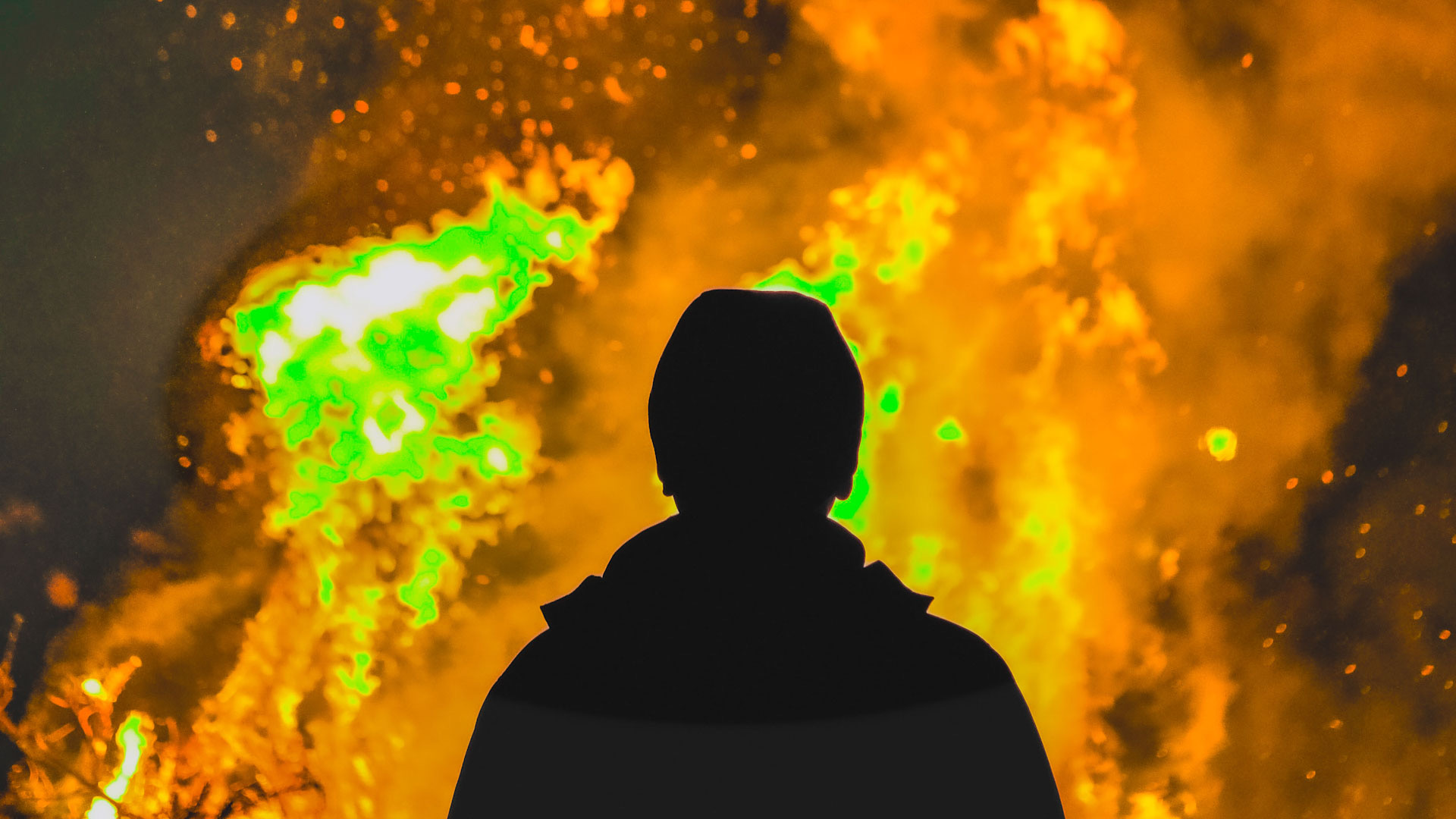Prepare to embark on a fascinating journey through the celestial universe. Our main destination is Saturn, a gas giant that has captivated the imagination of astronomers and space enthusiasts for centuries. On this tour, we'll delve into the beauty and mysteries of this intriguing planet and its iconic rings.
The universe is vast and mysterious, full of wonders that amaze and defy our understanding. Amidst this vast cosmos, Saturn shines like a brilliant gem, an enigmatic world that is as beautiful as it is intriguing. It is one of the most admired planets, known for its impressive rings and its changing appearance throughout the seasons.
We'll get to know Saturn in depth, exploring its unique characteristics, from its atmosphere to its internal structure. We'll learn about its iconic rings, a celestial wonder that has fascinated humanity since their discovery. We'll also examine the latest research and discoveries about this extraordinary planet.
Plus, this tour will take us beyond Saturn to explore the vast celestial universe that surrounds us. We'll discuss the formation of planets, stars, and galaxies, and how our knowledge of the universe has changed and evolved over time. So, are you ready to embark on this incredible journey? Let's begin! 🚀
Structure and Characteristics of Saturn
Saturn, the sixth planet in the solar system, is universally recognized for its iconic rings. However, this gas giant is much more than its rings; it's a celestial wonder with many mysteries and fascinating features. Saturn is the second-largest planet in the solar system, after Jupiter, and has a diameter about 9.5 times that of Earth. It is composed primarily of hydrogen and helium, similar to Jupiter, but its core is composed of iron, nickel, silicon, and oxygen.

Atmosphere of Saturn
Saturn's atmosphere is so thick that scientists cannot see its surface. Instead, they observe the upper layers of ammonia clouds. Beneath these clouds lies a layer of ammonium hydrosulfide. Deeper still, clouds of water and ice dominate. Saturn's climate is very active, with winds that can reach speeds of up to 1,800 kilometers per hour at the equator.
The Rings of Saturn
Saturn's rings are its most recognizable feature. They are a complex system composed primarily of ice particles, ranging in size from tiny grains to enormous blocks several meters across. The rings are divided into several sections, the most prominent of which are the A, B, and C rings, with the B ring being the brightest and largest.
Origin and Evolution of the Rings
The formation and evolution of Saturn's rings remains a matter of debate in the scientific community. One theory suggests that the rings are remnants of a dismantled moon that was destroyed by Saturn's tidal forces. Another theory suggests that the rings formed along with Saturn from the disk of gas and dust that surrounded the Sun during the formation of the solar system.
Moons of Saturn
Saturn has a total of 82 known moons, each with its own unique mysteries and characteristics. The largest and most famous is Titan, the only moon in the solar system known to have a dense atmosphere and the only source of liquid surface bodies outside of Earth. Enceladus, another moon of Saturn, is famous for the geysers of water and ice that emanate from its south pole.

Exploration of Saturn
Saturn has been visited by several space missions. The most famous is the Cassini-Huygens mission, which studied Saturn and its moons for over a decade. It discovered subsurface oceans on Enceladus and methane lakes on Titan, among many other significant discoveries.
- The Cassini-Huygens mission was launched in 1997 and arrived at Saturn in 2004.
- The Voyager 1 and 2 missions also visited Saturn in 1980 and 1981 respectively.
- The Pioneer 11 mission was the first to visit Saturn in 1979.
Saturn is, without a doubt, a fascinating celestial object. From its dynamic atmosphere and stormy weather to its iconic rings and multitude of moons, Saturn offers a fascinating glimpse into the wonders of the solar system.
Conclusion
In short, Saturn is an unparalleled celestial spectacle, a gas giant with a beauty and mystery that captivates astronomers and space enthusiasts alike. Beyond its iconic rings, its dynamic atmosphere and stormy weather, along with its multitude of moons, are a testament to the wonders that await in the vast universe.
Furthermore, the exploration of Saturn by various space missions has revealed astonishing discoveries, from subsurface oceans on Enceladus to methane lakes on Titan. Despite these significant discoveries, the origin and evolution of its rings remains a matter of debate, adding further intrigue to the study of this fascinating planet.
In conclusion, Saturn and its iconic rings offer us a unique glimpse into the mysteries and beauty of the solar system. This fascinating journey through the celestial universe continues to unveil new wonders and challenge our understanding, showing that there is still much to discover in the depths of space.



